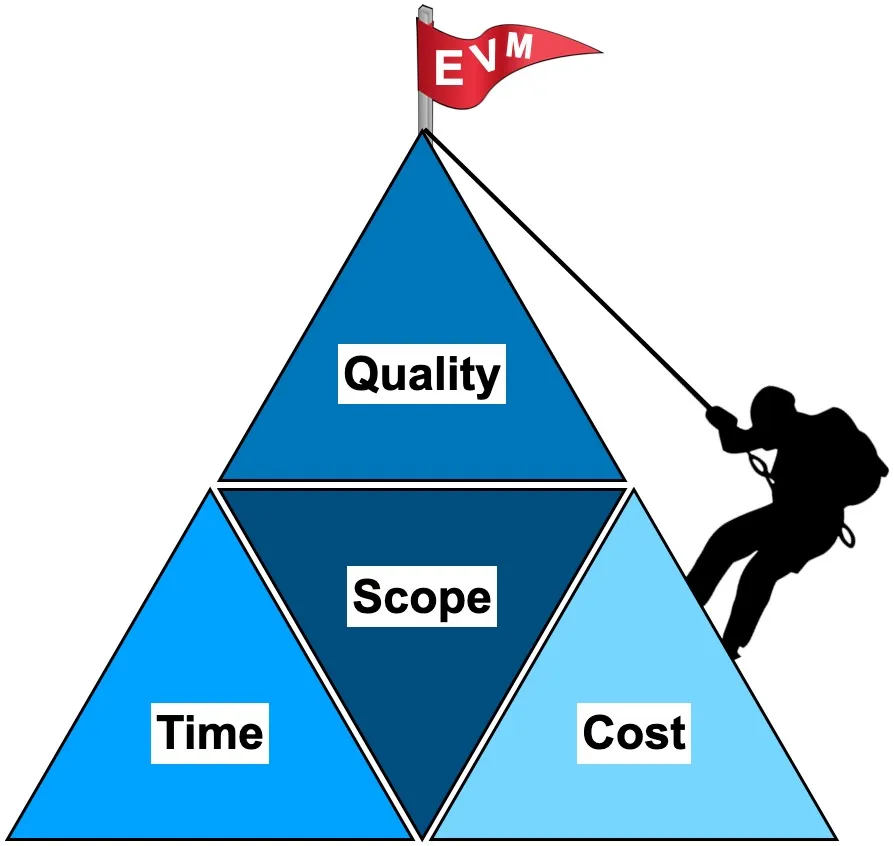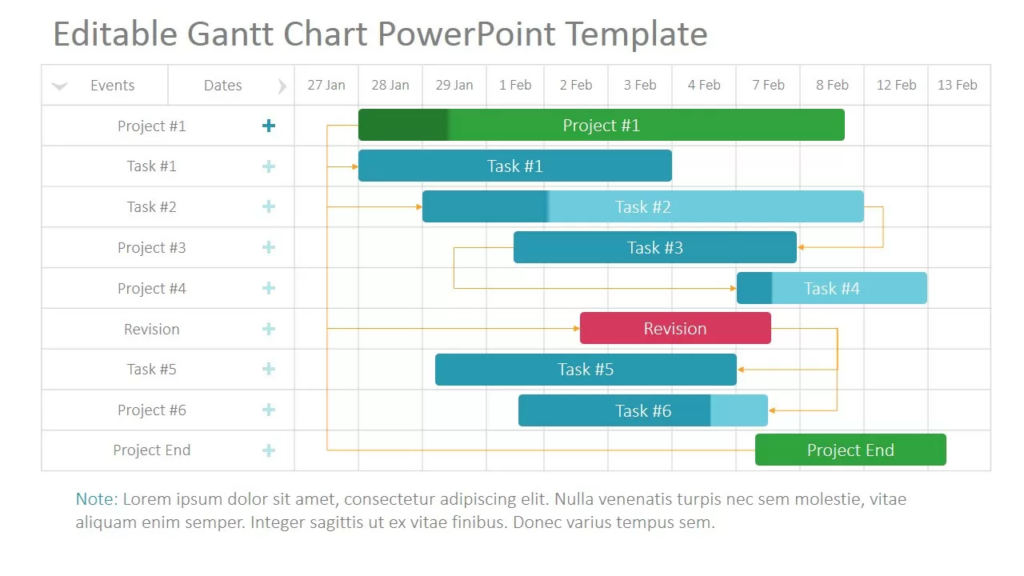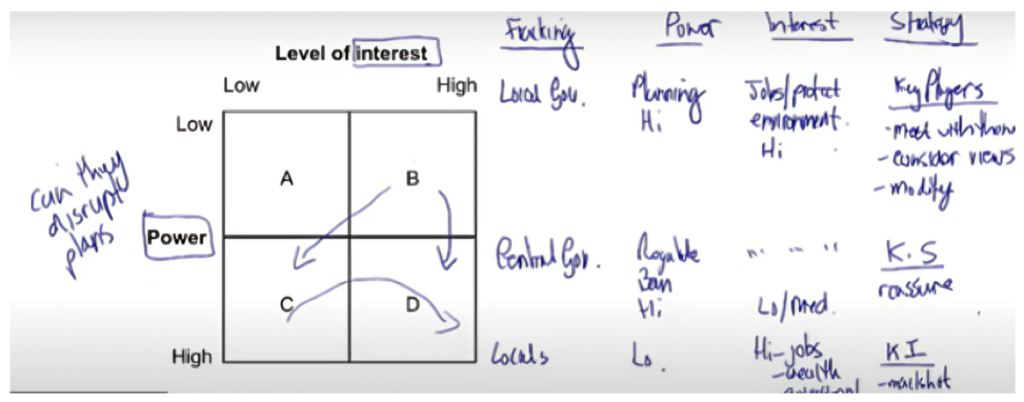
Effort equals rewards. A proactive approach is required to facilitate the efforts to be directed in the right way by every project manager.
A significant challenge presented is in the realm of Delivering results within defined Service Level Agreements (SLAs), with a difficulty of often worth millions, as they abide by three critical constraints: scope, time, and cost— forming the Project Management Triangle.
This concept was introduced in 2017 by The Project Management Institute (PMI) with the need to emphasize on ensuring quality project delivery, balancing the factors affecting project management teams as well as stakeholder expectations, while assessing success.
Understanding the Project Management Triangle
1. Scope: Defining the Deliverables
A crucial aspect of the triangle is to define the deliverables, tasks, and objectives forms. Fostering clarity and ensuring non ambiguity for achieving measurable outcomes is a well-defined scope and is crucial for the development.
That being said, a gradual expansion of work beyond initial agreements, can impact time and cost significantly.

2. Time: Managing Deadlines and Milestones
With an end to end overview of deadlines, schedules and milestones to achieve, each project relies strongly on a plan to be made for each activity charted out in the scope. It is imperative to factor these in for a realistic project plan given the dynamicity and unforeseen adversities at times.
3. Cost: Allocating Resources and Budget
Each project shall incur cost ranging from resources, software, infrastructure, etc. Project managers need to strike a balance between quality and costs.
Business Oriented Strategies for Project Success
Change is inevitable, even when projects are planned with utmost delicacy and detail. When the client expands the project scope, logically, it requires additional time and cost. Alternatively, if the client demands reduced project timelines, costs increase due to increased and intense use of resources. Similarly, when budget constraints exist, scope and time are equally impacted.
To guarantee a smooth delivery for clients, project managers must understand the best practices and important risk reduction techniques. It helps mitigate the impact of dangers and prepare for them. This reduces negative effects on the organization and guarantees adherence to company objectives. Effective and efficient strategy implementation depends on risk management and project management phases of project execution.
In addition to ensuring that all parties are in agreement, maintaining integrity and transparency is crucial for professional communication. At points of vital importance, the essential structure of the Project Management Triangle provides the facilitation of discussions and decision-making. To build stakeholder trust, manage expectations, and drive successful project outcomes, clear communication of trade-offs and constraints are imperative in nature.
To protect from hampering the operational efficiency of the project, every project manager should understand the key risk mitigation strategies and to curb these constraints effectively by taking a proactive approach. One needs to collaborate with stakeholders to ensure that resources are allocated efficiently.
Establishing “must haves” variables help maintain a clear vision and avoid any misunderstandings. Analyzing the decision-making ecosystem allows managers to understand the larger impact of changes on scope, cost, and time. Additionally, being mindful of emotional attachments to project elements helps prevent scope enlargement, which can derail progress. Understanding the resulting risk implications is essential to reducing the likelihood of failures and preserving project sustainability.
By upholding these fundamental principles, they may guarantee outcome-oriented outcomes, improve efficiency, reduce risks, and deliver high-quality projects in an efficient and timely manner.
Practical Tips for Applying the Triangle
To prevent ambiguity and make sure that all stakeholders agree on deliverables, aligning with the stakeholders on the project goals clearly is crucial. It is helpful if the project objectives are exemplified from the beginning minimizing the potential risk of misunderstandings thereby aligning the team towards a shared goal. Setting reasonable schedules is equally essential, as it allows room for unforeseen challenges by addressing buffer periods into the timeline. This flexibility helps the team to enable the team to accept and address any unforeseen issues without risking the overall project timelines.
Another key factor in successful project management is building a flexible budget. To enable this, the project manager should estimate and set aside contingency funds, to aid in mitigating any financial risks and making certain about the overall budget being undisturbed due to any additional unexpected expenses. Open communication regarding trade-offs is also vital. Keeping key stakeholders up to date with information may help in how changes may impact the project allowing for better decision-making and realistic expectation management, reducing conflicts and ensuring smoother progress.
Monitoring the project progress in pre-decided intervals supports to track scope, cost, and time using project management tools. Constant tracking enables proactive issue resolution, ensuring that the project stays in alignment with decided timelines. Additionally, fostering an adaptive mindset and agility are key anchors to maintaining orientation with project goals. To ensure overall project success, it is necessary to be open about the adjustments that allow the team to respond to evolving project needs effectively.

Conclusion
Hence, the Project Management Triangle is a captivating tool for teams to navigate complex project execution by balancing scope, time, and cost. It establishes the ground for efficient project outcomes and greater success rates in both cases of using traditional or agile project management methodologies. Understanding the relationship between the three shall help the project managers to stick to the business objectives, make informed decisions, ensure efficiency and effectiveness, and manage stakeholder expectations effectively.
References
- Kerzner, H. (2022). Project Management: A Systems Approach to Planning, Scheduling, and Controlling. Wiley.
- PMI. (2021). A Guide to the Project Management Body of Knowledge (PMBOK Guide), 7th Edition. Project Management Institute.
- Schwaber, K., & Sutherland, J. (2020). The Scrum Guide. Scrum.org.
- Turner, J. R. (2016). Gower Handbook of Project Management. Routledge.
- Nicholas, J. M., & Steyn, H. (2020). Project Management for Engineering, Business, and Technology. Routledge.
- Pinto, J. K. (2019). Project Management: Achieving Competitive Advantage. Pearson





